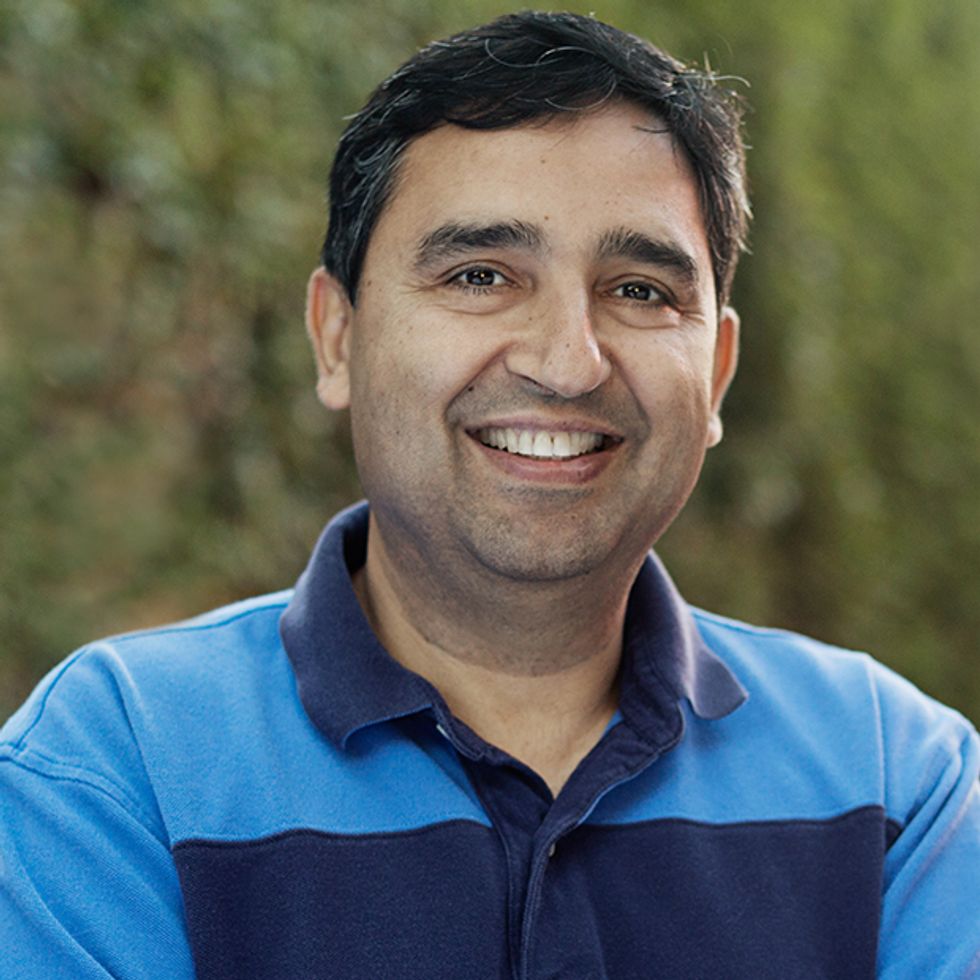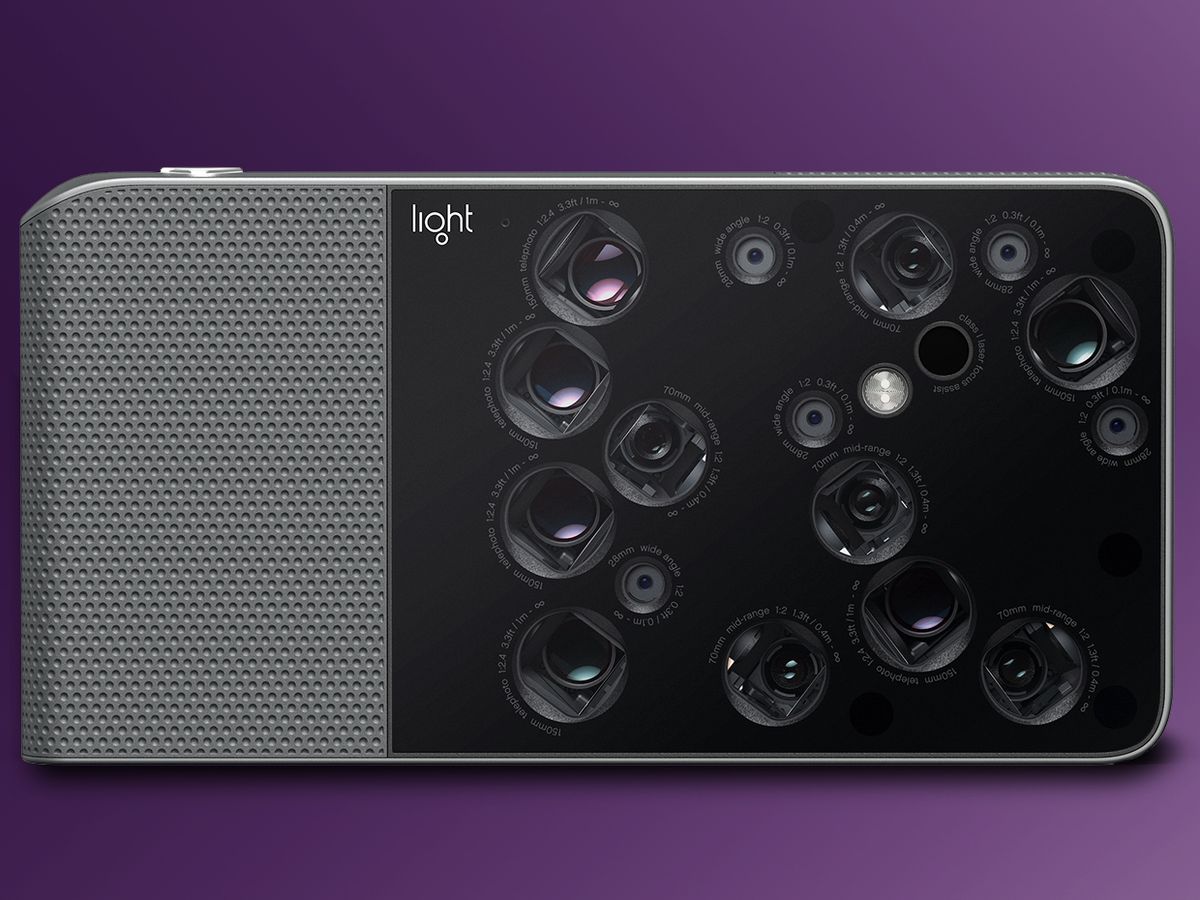Light, the company that aims to revolutionize photography by digitally combining the output of dozens of small, low-cost camera modules with plastic lenses to create professional-quality images, started filling preorders last July, after about a year of delays.
Reviews, to date, have been less than enthusiastic, dinging the device on its low light performance, slow transfer rates, focusing issues, and spotty resolution with artifacts. The company promises, however, that these problems are solvable—and will be fixed quickly.
I checked in with Light founder and CTO Rajiv Laroia for the details. (For more on the camera’s development, read this article that Laroia wrote for IEEE Spectrum in October 2016.)

“It is minimally viable,” Laroia said of the current version, called the Light L16, and preorder customers were told that the company had work to do before finalizing their orders. “You can take pictures,” he said, “but it may be frustrating because we are refining the software. We gave the preorder people an option to get the camera now and help us improve it, or to press a pause button on their purchase until it is good enough for them.”
Some 2,000 customers opted to go through with their purchases since the camera started shipping in July, and all have received their cameras. Next year, Laroia predicts, tens of thousands of cameras will ship to customers. And he expects that the 120-person company will soon announce a deal with a manufacturer to integrate the technology into cellphones, which has been Light’s goal from the beginning.
“The Light camera takes incredible pictures when everything goes right,” Laroia says. “That happens more and more often now, but we have to make the experience more consistent. We know things will get better, and the issues that frustrate people will go away.”
The complaints all stem from recognized software problems, Laroia adds. “The hardware is stable.”
Here’s what Laroia had to say about Light’s efforts so far and what’s coming down the road.
On the one-year delay in ship date (from summer 2016 to July 2017):
Laroia: “The biggest reason for that delay was the availability of our ASIC. That was mostly outside of our control. Until we had the ASIC, part of the software development could go on, but part couldn’t, because we didn’t have access to a lot of images taken under different conditions to use for testing. The ASIC also controls the way we calibrate the camera, the focus—so not having it is not such a trivial matter.”
On the limited ability to process—a.k.a. “develop”—the images on the camera itself, rather than on a separate computer:
Laroia: “We do offer a mode of developing the pictures on the camera that doesn’t use our best algorithm, but rather takes 5 of the 10 images [that the camera captures whenever a user snaps a single photo] and turns them into a 13-megapixel image, intended for sharing on social media. The camera can develop images at the same speed as a desktop computer, but the reason we do not develop in full detail, creating 50-megapixel images, has to do with battery life. Right now, people have said good things about our battery life—you can take 400-plus shots—but if you process every picture you take, the battery life goes down significantly, and then you can find that when you want to take a picture, the camera is out of battery. It seemed like developing a 50-megapixel image that you can’t really view on the camera used a lot of battery for very little benefit.
“But people want better developing on the camera itself, so we are now thinking to put all that processing on the camera, but it will sit in the background, and automatically get triggered when you plug the camera into an outlet.”
On the slowness of transferring photos from camera to computer:
Laroia: “We have large files—160 megabytes per picture—that we are not compressing; they are easy to compress to 30 to 40 percent of their size, so when we add compression it will give us a big boost in speed of transfer. It’s not magic—we will do it, it’s just not at the top of the list. And while we are now doing tethered transfer, eventually it will be wireless.”
On other things that need to be fixed:
Laroia: “I have a whole list of items for my team, the algorithm team. And the other teams have priority lists as well. Improving low light performance is a big priority. Putting video on the camera, using one image sensor at a time but switching between sensors for optical zoom. Improving the depth of field algorithm.”
On the future:
Laroia: “We are excited. I know when the software isn’t final, there will be some frustration with end users. Their problems are real, but they are not about the technology; it’s about getting the whole end-user experience right. I can already see that the issues will be behind us soon, and we will be able to focus on growth and making everybody’s lives easier.”
An abridged version of this post appears in the February 2018 print issue as “Lessons Learned From a Troubled Launch.”
